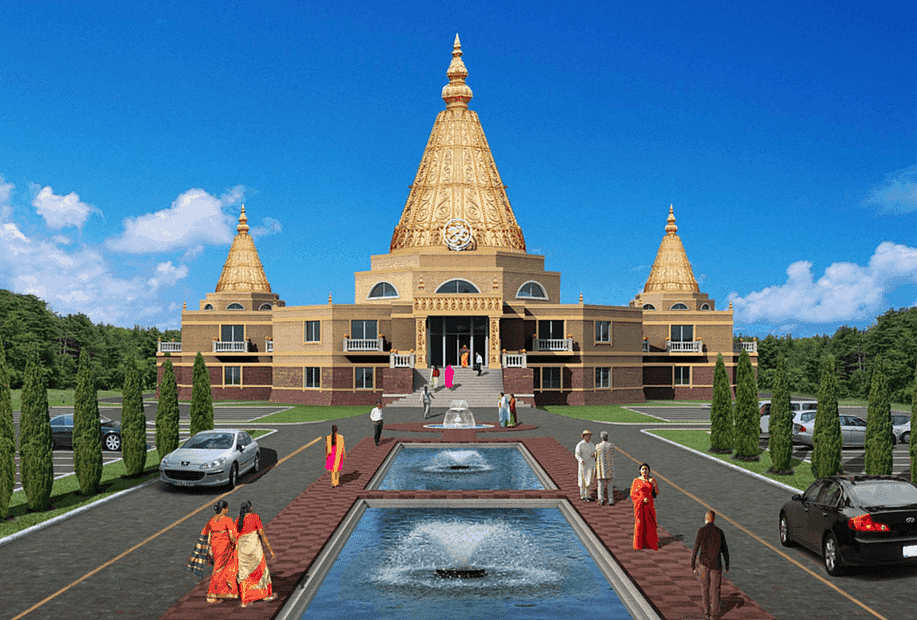Hindu temple rising in Groton serves growing immigrant community

GROTON – This largely rural town of 11,000 will soon host one of the nation's largest Hindu temples, serving thousands of New England residents who follow Shirdi Sai Baba, an Indian guru who died in 1918.
Located less than three miles west of Interstate 495 on the town line with Littleton, the 40,000-square foot temple is being built on a 28-acre site on Boston Road (Route 119) and will be modeled after a temple in the guru's hometown of Shirdi, India.

